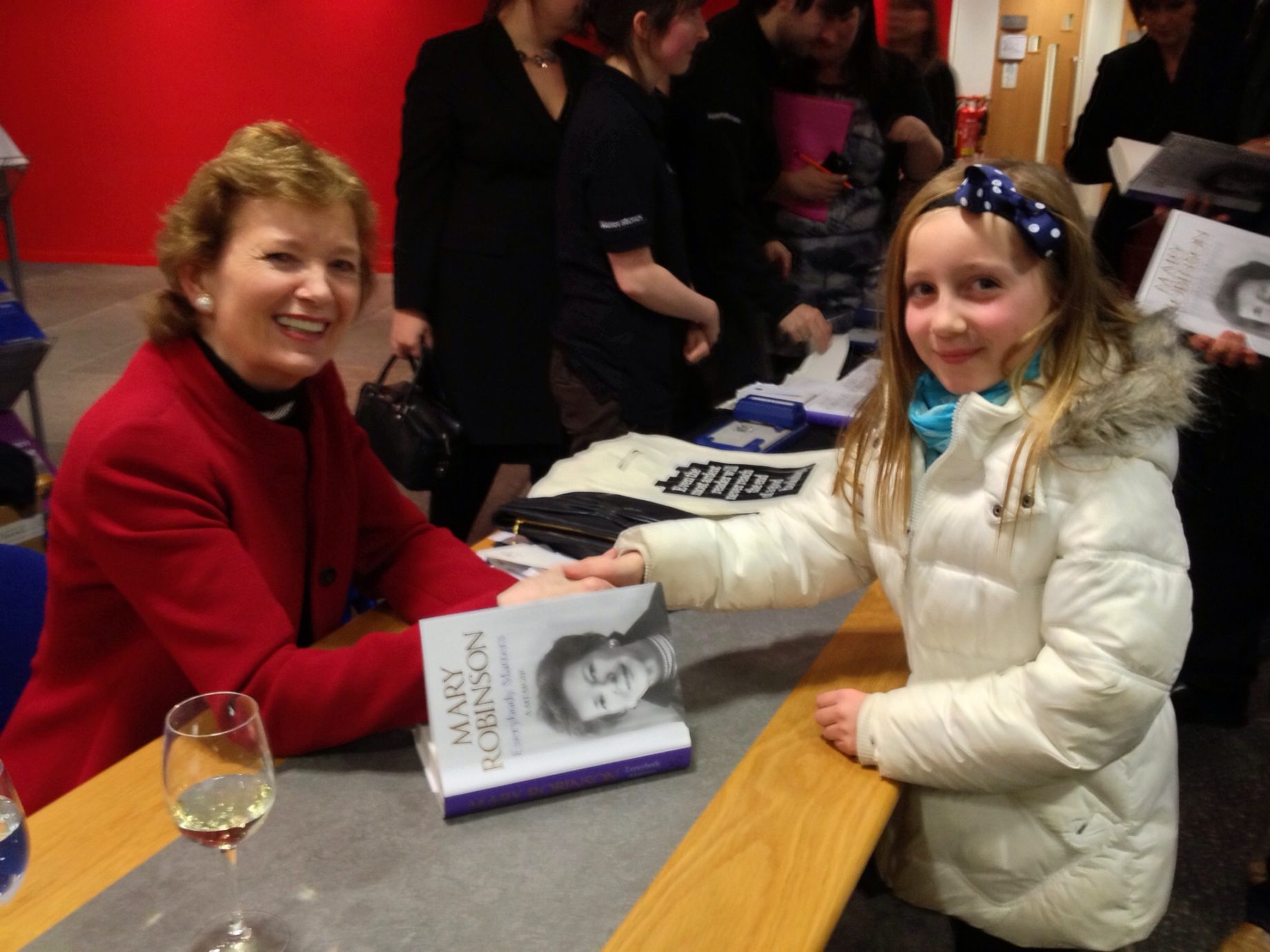Women You Should Know… Agnes de Mille
If you ask people if they know the name ‘de Mille’, some will say they’ve heard of Hollywood producer Cecil de Mille, some might even know his brother William de Mille, but not many will have heard of William’s daughter. Which is a shame, because Agnes De Mille was a fascinating woman.
When I Met Mary Robinson – Written By You
Me and my mum went to hear this lady talk, her name is Mary Robinson, Mary was the President of Ireland, but she was not just any kind of President of Ireland,she was the first woman President of Ireland. She got a Presidential Medal of Freedom from President Obama in 2009. And was the first President of Ireland to visit the Queen.
Growing up
Mary grew up in a small town in Ireland, her mum and dad where doctors and her gran died when she was about 10 years old… When Mary was 17 she went to a finishing school in Paris while deciding if she wanted to become a nun… In that finishing school she was the only non-French speaking student there.
little light
Mary Robinson famously put a light in her kitchen window to guide the people that have left Ireland to live a country abroad back home.
my question
If you had a chance of asking Mary Robinson a question in front of 600 people, would you do it? I would, and I did. Here’s what I said and what Mary replied:

Afterwards Mary signed a copy of her book for me




